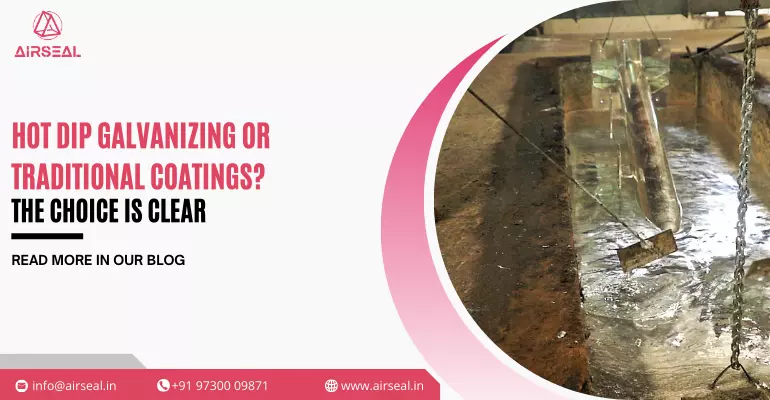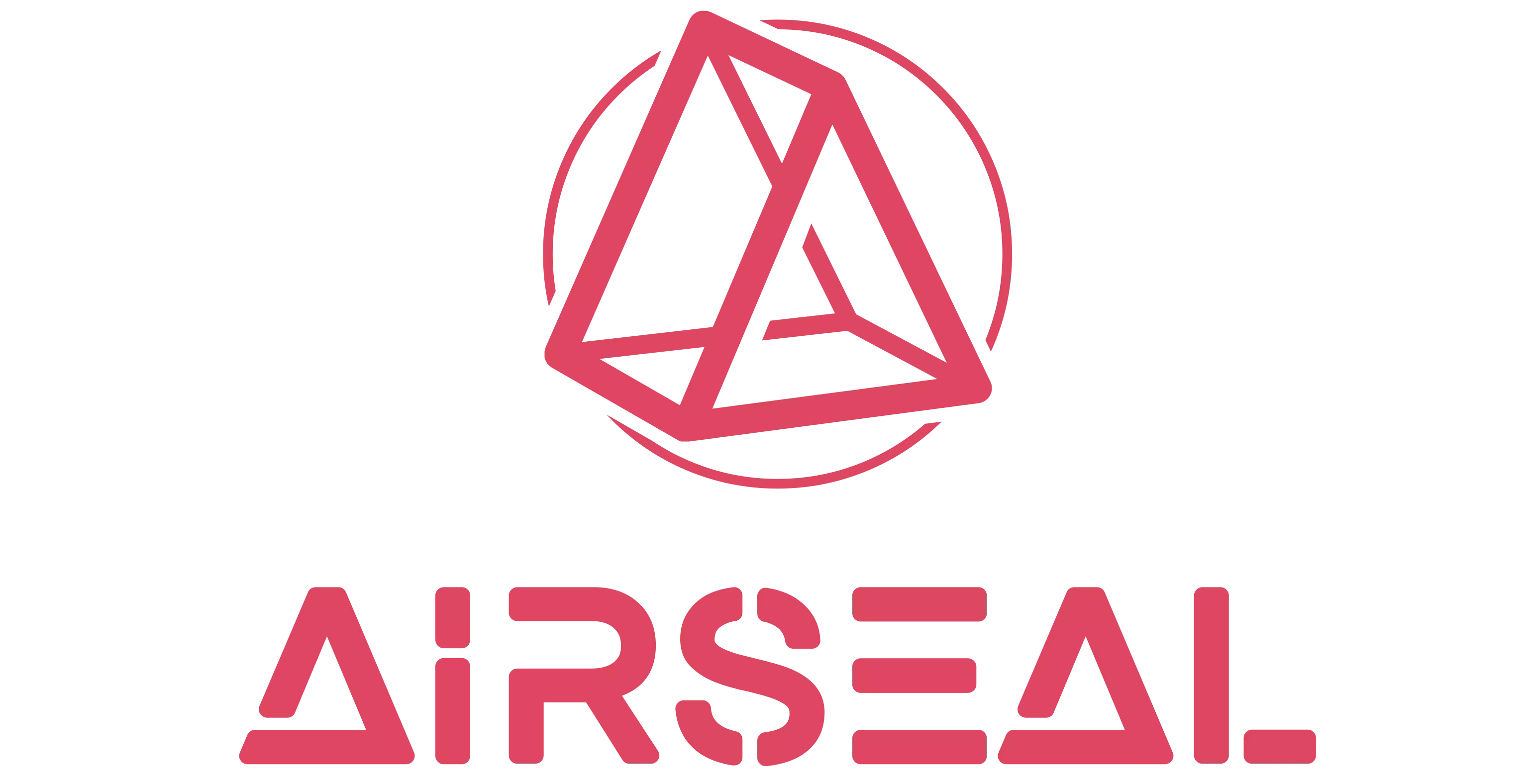
Hot Dip Galvanizing vs. Traditional Coatings: Which is Better
Corrosion prevention is a critical aspect of steel utilization in various industries. When steel is exposed to elements such as moisture and oxygen, it undergoes a chemical reaction known as corrosion, which weakens its structural integrity over time. To combat corrosion and extend the lifespan of steel structures, protective coatings are applied.
One such coating method is Hot Dip Galvanizing, which offers a range of advantages over traditional coatings. In this blog post, we will explore the benefits of Hot Dip Galvanizing and compare it to traditional coatings to determine which method is better for corrosion prevention in steel structures.
II. Hot Dip Galvanizing
Hot Dip Galvanizing is a process that involves immersing steel components in a bath of molten zinc to create a protective coating. The process begins with the steel being cleaned and prepared to ensure optimal bonding with the zinc. It is then immersed in a bath of molten zinc at a temperature of around 450 degrees Celsius.
The steel reacts with the zinc, forming a series of zinc-iron alloy layers on its surface. This coating provides excellent corrosion resistance and protects the underlying steel from environmental factors.
Advantages of Hot Dip Galvanizing:
1. Competitive First Cost:
Hot Dip Galvanizing offers a competitive initial cost compared to other coating methods. The relatively low upfront investment makes it an attractive option for cost-conscious projects.
2. Lowest Lifetime Cost:
While the initial cost may be comparable to other coatings, Hot Dip Galvanizing has the lowest lifetime cost. The long-lasting nature of the galvanized coating reduces the need for frequent maintenance and reapplication, ultimately saving money over the lifespan of the structure.
3. Long Life:
Hot Dip Galvanized coatings have a long life expectancy, typically exceeding 50 years in most environments. This longevity ensures that steel structures remain protected for an extended period without the need for frequent reapplication.
4. Reliability:
Hot Dip Galvanizing is a reliable method of corrosion prevention. The zinc coating provides a robust barrier against moisture, oxygen, and other corrosive elements, ensuring the integrity of the steel structure is maintained even in harsh environments.
5. Speed of Application:
The Hot Dip Galvanizing process is relatively quick, allowing for faster project completion compared to other coating methods. The steel components can be galvanized in a controlled environment and then transported to the construction site, reducing downtime and accelerating the construction process.
6. Complete Coverage:
Hot Dip Galvanizing provides complete coverage of the steel surface, including hard-to-reach areas such as corners and crevices. This ensures that every part of the steel structure is protected, leaving no vulnerable spots for corrosion to take hold.
7. Coating Toughness:
The zinc coating formed through Hot Dip Galvanizing is highly durable and tough. It can withstand the rigors of transportation, installation, and normal wear and tear, making it an ideal choice for structures that experience heavy use.
8. Three-Way Protection:
Hot Dip Galvanized coatings provide three-way protection to steel structures. Firstly, the zinc acts as a physical barrier against environmental elements. Secondly, it provides cathodic protection, sacrificing itself to protect the steel in case of damage to the coating. Lastly, the zinc's galvanic action inhibits corrosion at the cut edges and other areas vulnerable to corrosion.
9. Ease of Inspection:
Inspecting the quality of a galvanized coating is relatively easy. Visual inspection can reveal any inconsistencies or imperfections in the coating, allowing for immediate corrective action.
10. Faster Construction:
The speed of application and ease of inspection of Hot Dip Galvanizing contribute to faster construction timelines. With galvanized steel components readily available and protected, construction can proceed without delays caused by coating application or curing times.
III. Traditional Coatings
Traditional coatings encompass a range of methods such as paint, powder coating, and epoxy coatings. These coatings are typically applied to the steel surface using brushes, sprayers, or by dipping the components. Traditional coatings have been widely used for corrosion prevention in various industries and offer their own set of advantages.
Advantages of Traditional Coatings:
1. Aesthetic Appeal:
Traditional coatings offer flexibility in terms of color and texture options, allowing for customization to match the desired aesthetic requirements of a project. This makes them suitable for structures where visual appearance is important.
2. Flexibility in Color and Texture:
Traditional coatings come in a wide range of colors and textures, providing designers and architects with the freedom to choose the desired look for their steel structures. This flexibility allows for seamless integration with surrounding architectural elements.
3. Easy Application:
Traditional coatings are relatively easy to apply, making them suitable for projects where on-site application is necessary. They can be applied using brushes, sprayers, or by dipping the components, depending on the coating type.
4. Low Initial Cost:
Traditional coatings generally have a lower initial cost compared to Hot Dip Galvanizing. This affordability makes them an attractive option for projects with budget constraints.
IV. Comparison of Hot Dip Galvanizing and Traditional Coatings
When deciding between Hot Dip Galvanizing and traditional coatings, several factors need to be considered:
1. Environmental Considerations:
The choice of coating method should take into account the environment in which the steel structure will be located. Hot Dip Galvanizing is highly recommended for structures exposed to harsh environments, such as coastal areas or industrial settings, where corrosion rates are high. Traditional coatings may be suitable for structures in less corrosive environments.
2. Cost Factors:
While traditional coatings may have a lower initial cost, Hot Dip Galvanizing offers the lowest lifetime cost due to its longevity and minimal maintenance requirements. It is essential to consider the long-term cost implications when comparing the two methods.
3. Durability Assessments:
Hot Dip Galvanized coatings have a proven track record of durability, with a life expectancy exceeding 50 years in most environments. Traditional coatings may require more frequent maintenance and reapplication to maintain their protective properties. Assessing the expected lifespan of the structure is crucial in determining the appropriate coating method.
4. Maintenance Requirements:
Hot Dip Galvanizing requires minimal maintenance over its lifespan. Occasional inspection for any signs of damage or corrosion is usually sufficient. Traditional coatings may require regular cleaning, repainting, and touch-ups to maintain their protective properties. The maintenance requirements should be evaluated based on the project's resources and available maintenance schedule.
In the battle between Hot Dip Galvanizing and traditional coatings, it is clear that Hot Dip Galvanizing offers numerous advantages that make it a superior choice for corrosion prevention in steel structures. With its competitive first cost, lowest lifetime cost, long life expectancy, reliability, and ease of inspection, Hot Dip Galvanizing provides optimal protection against corrosion.
While traditional coatings have their own advantages, such as aesthetic appeal and flexibility in color and texture, they often fall short in terms of durability and maintenance requirements. When making a decision between the two methods, it is crucial to consider the environmental conditions, cost factors, durability assessments, and maintenance requirements of the project. Ultimately, the choice should prioritize long-term protection and cost-effectiveness.
Airseal Technology LLP is a leading provider of Hot Dip Galvanizing and corrosion prevention solutions for various industries. Our commitment to quality and innovation ensures that your steel structures are protected against corrosion, providing long-lasting durability and cost savings. Visit our website to learn more.

